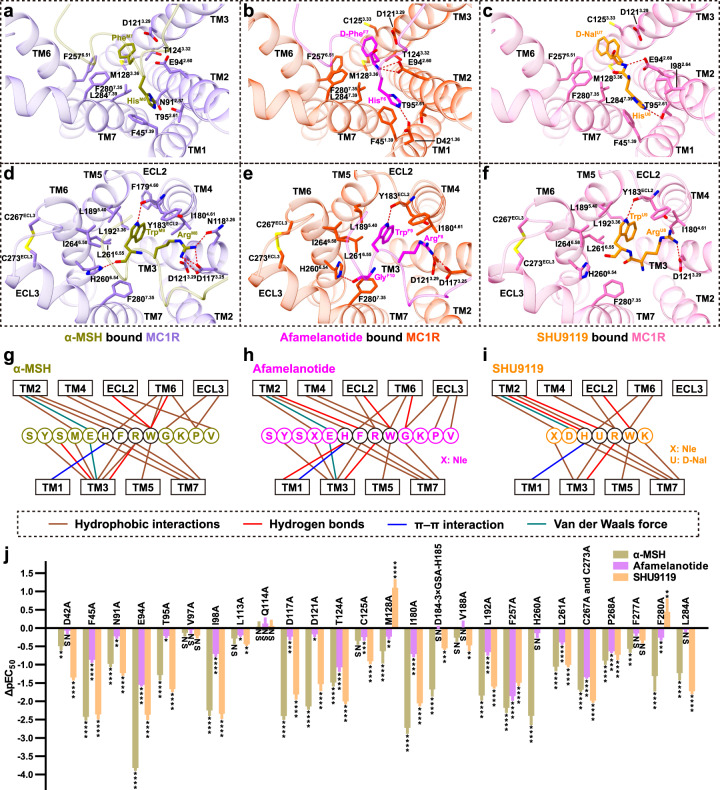Fig. 3. Molecular recognition of α-MSH, afamelanotide and SHU9119 by MC1R.
a–f Two different views of the detailed interactions between α-MSH and MC1R (a, d), afamelanotide and MC1R (b, e), SHU9119 and MC1R (c, f). Interactions of His6 and PheM7/D-PheF7/D-NalU7 in peptide ligands with MC1R are shown in a–c. Interactions of Arg8 and Trp9 in peptide ligands with MC1R are depicted in d–f. C267ECL3 of MC1R forms a conserved disulfide bond with C273ECL3. Hydrogen bonds are shown as red dash lines. g–i Schematic diagrams of the interactions between α-MSH and MC1R (g), afamelanotide and MC1R (h), SHU9119 and MC1R (i). The highly conserved residues in peptides are circled in black. j Effects of mutations in the orthosteric binding pocket of MC1R on α-MSH-, afamelanotide- and SHU9119-induced cAMP accumulation. Values are presented as means ± SEM from at least three independent experiments performed in quadruplicate. All data were analyzed by one-way ANOVA and Dunnett’s test. *P < 0.05, **P < 0.01, ***P < 0.001, and ****P < 0.0001. NS, not significant (comparison between the WT MC1R and its mutants).

